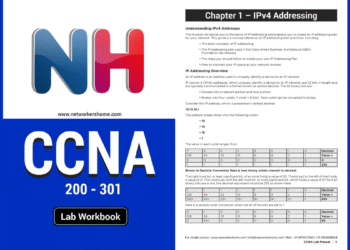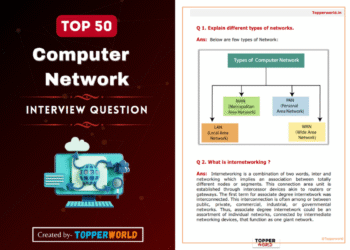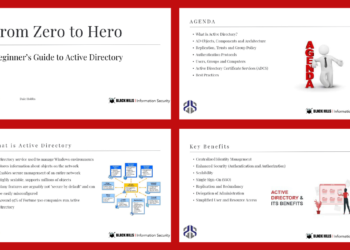The Open Shortest Path First (OSPF) routing protocol is one of the most widely used routing protocols in modern computer networks. It is a link-state protocol that is used to exchange routing information between routers in a network.
OSPF is known for its fast convergence times, scalability, and support for large networks. In this article, we will provide a handwritten brief explanation of the OSPF routing protocol in PDF format. We will cover topics such as the basic principles of OSPF, its features and advantages, and how it compares to other routing protocols.
Overview of OSPF PDF
An easy and simple summary explaining the OSPF routing protocol contains 39 pages




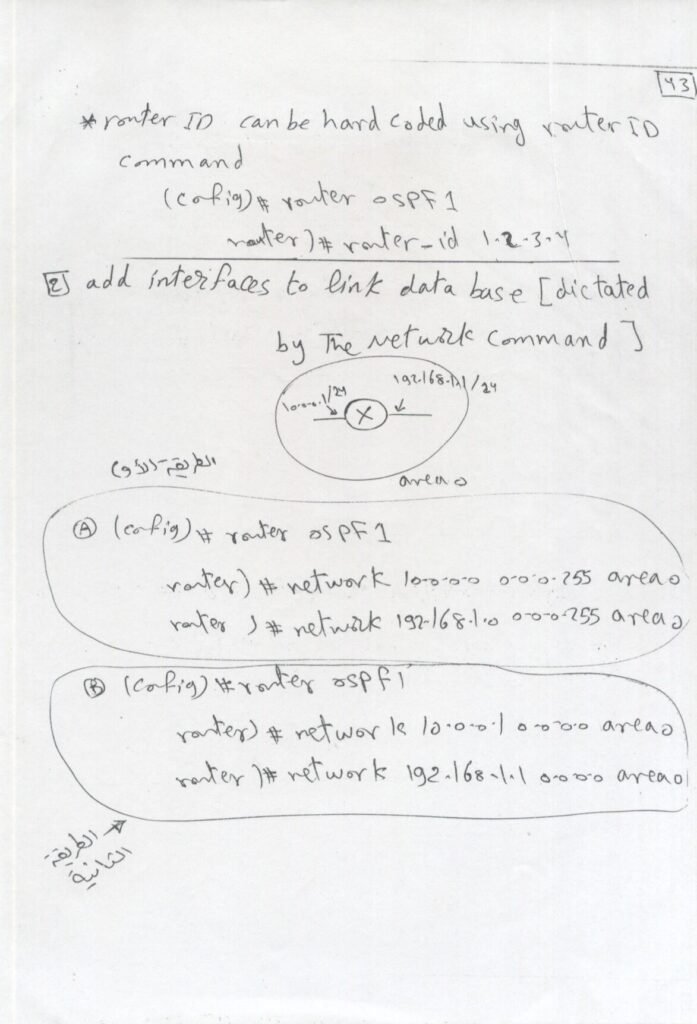

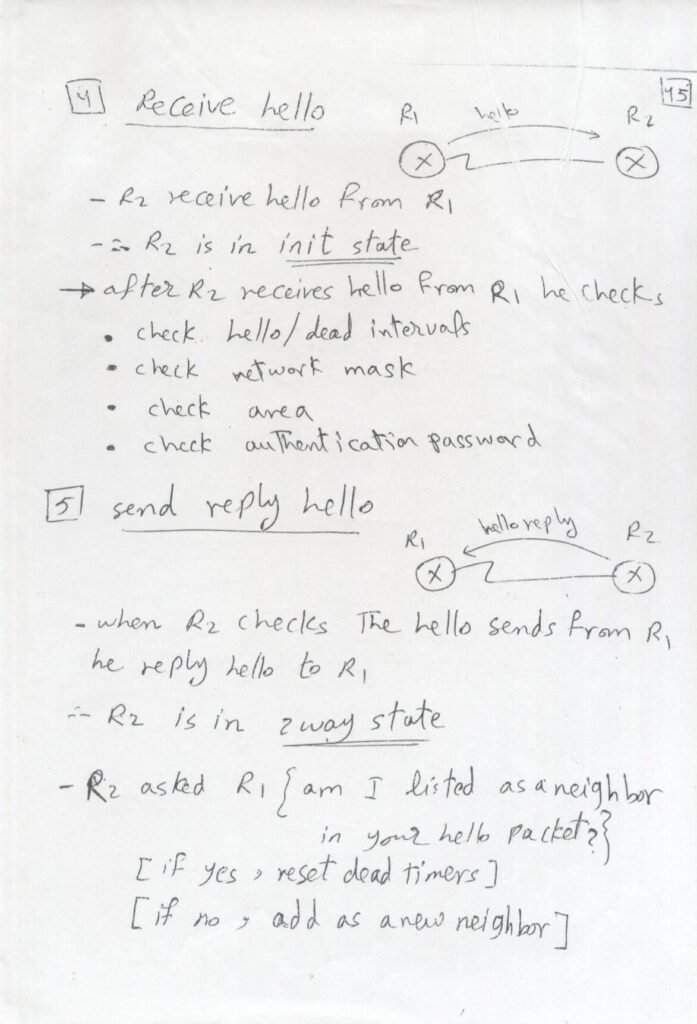
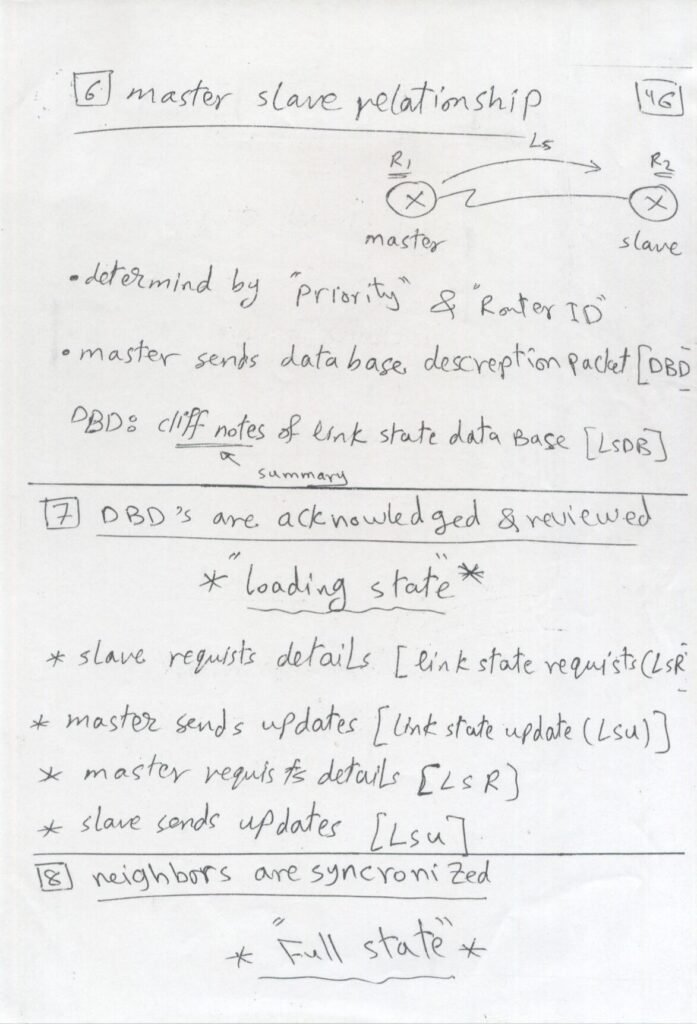
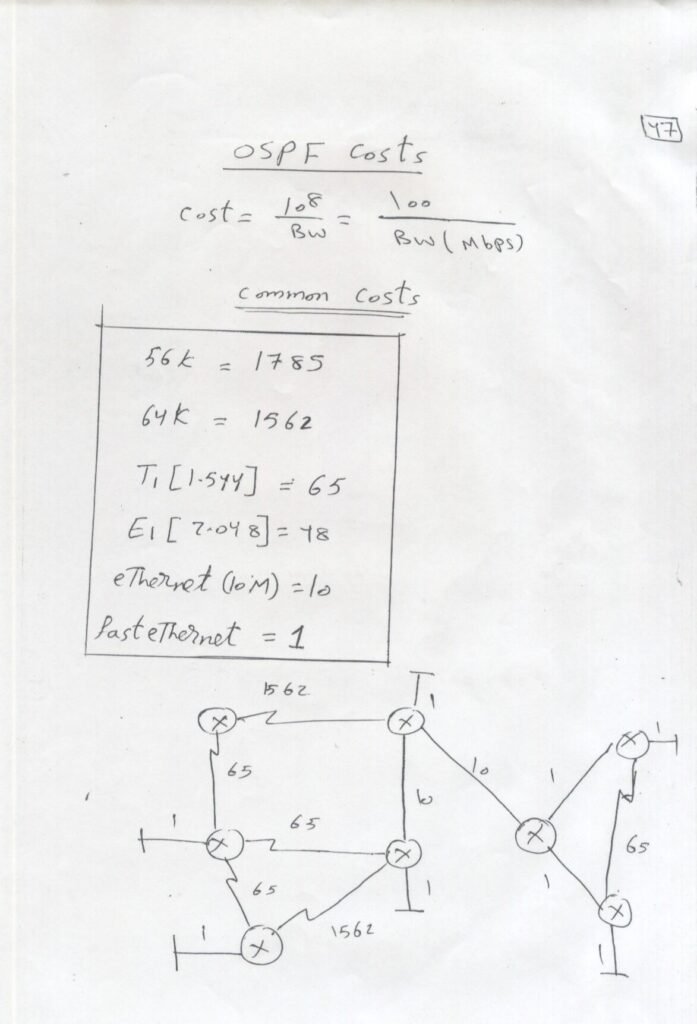

Whether you are a network administrator, a student of networking, or simply interested in learning more about OSPF, this article will provide you with a concise and informative overview of this important routing protocol.
Book Content
- Ospf Properties
- OSPF area design
- OSPF Terms
- OSPF Routers Types
- ABR
- ASBR
- OSPF Neighbor Relationship
- OSPF Costs
- DR & BDR
- Configuring OSPF Multi Area
- OSPF Summarization
- OSPF over NBMA
- OSPF over Point to Point Mode
- OSPF Virtual Links
- TroubleShooting
- OSPF Area Types
- Stub and Totally Stuby Areas
- Not So Stubby area (NSSA)
- OSPF LSA Types
- Adjusting OSPF Cost
- Multiple ABRs
- OSPF External Route Types
- Default Information Originate
- OSPF Authentication
- OSPF Route Filtering
Book Format:-
To Download PDF:-
For Other Network Books From here

